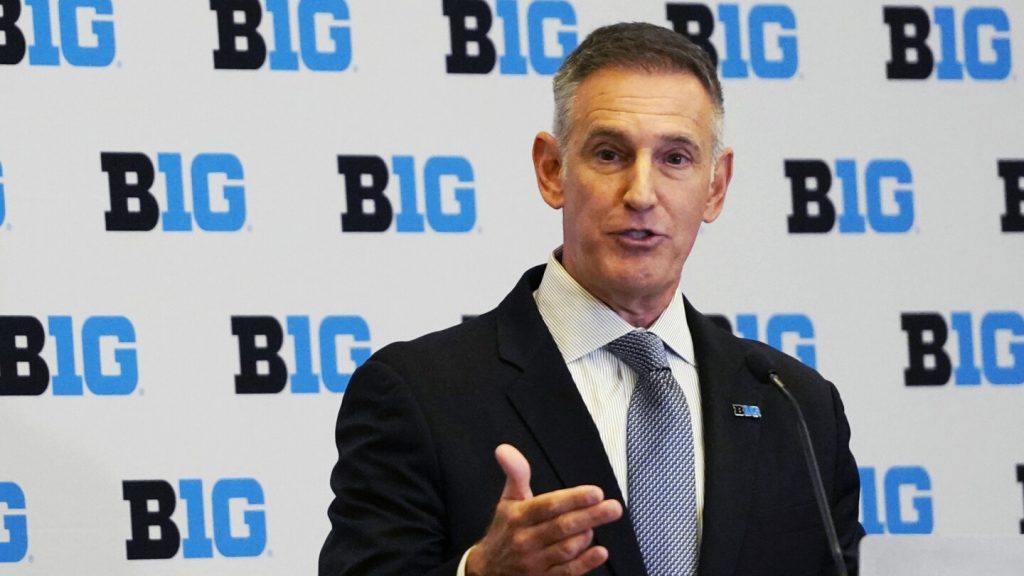The latest tax filings have revealed that the Big Ten narrowly edged out the Southeastern Conference in revenue for the second consecutive year, with the Atlantic Coast Conference trailing behind in third place. The five largest college sports conferences collectively generated $3.55 billion in revenue for the 2022-23 fiscal year, with the Big Ten reporting revenue of $879.9 million compared to the SEC’s $852.6 million. The ACC experienced significant growth, jumping from $617 million to $707 million.
The Pac-12, which will see 10 of its 12 members disperse to other conferences in 2024-25, generated $603.9 million, while the Big 12 ranked fifth at $510.7 million. This data comes at a time when all five conferences and the NCAA have agreed to settle antitrust litigation by paying a total of $2.8 billion. This settlement is expected to lead to the creation of a groundbreaking revenue-sharing system, where schools will directly compensate their athletes for the first time.
The Big Ten and SEC have solidified their positions as super-conferences following a period of realignment that saw schools switch leagues over the past couple of years. The demise of the Pac-12 has been a significant outcome of this realignment, but the Big Ten and SEC’s strong revenue-generating abilities have also caused concern among the remaining conferences. This shift in power dynamics within college sports is likely to have far-reaching implications for the future of collegiate athletics.
In terms of school payouts, the Big Ten distributed approximately $60.5 million to each of the 12 of its 14 member schools, with recent additions Maryland and Rutgers receiving around $58.8 million each. The SEC provided $51 million to each of its schools, while the ACC schools received between $43.3 million and $46.9 million. Notre Dame, an independent in football, received $22.1 million. Big 12 schools received distributions ranging from $43.8 million to $48.2 million, and the Pac-12 distributed about $33.6 million per member.
The compensation of commissioners also came under scrutiny, with former Big Ten commissioner Jim Delany receiving $3 million in retirement compensation and another $2.8 million in deferred pay. Kevin Warren, Delany’s successor, who departed in April 2023, was paid $3.7 million. SEC Commissioner Greg Sankey received approximately $3.6 million, while the ACC’s Jim Phillips received $2.8 million in his first year. The Pac-12 paid former Commissioner George Kliavkoff $3.98 million, and Larry Scott, his predecessor, was paid $2.28 million. Bob Bowlsby, the former Big 12 commissioner, received $17.2 million in his final year, with his successor Brent Yormark earning $1.2 million in his first year.
Overall, these financial disclosures shed light on the shifting landscape of college sports, with the Big Ten and SEC emerging as dominant players in terms of revenue generation. As the college sports landscape continues to evolve, it is evident that financial considerations are playing an increasingly significant role in shaping the future of collegiate athletics. The recent settlements and revenue-sharing agreements signal a new era for college sports, with athletes likely to benefit from these financial changes.


